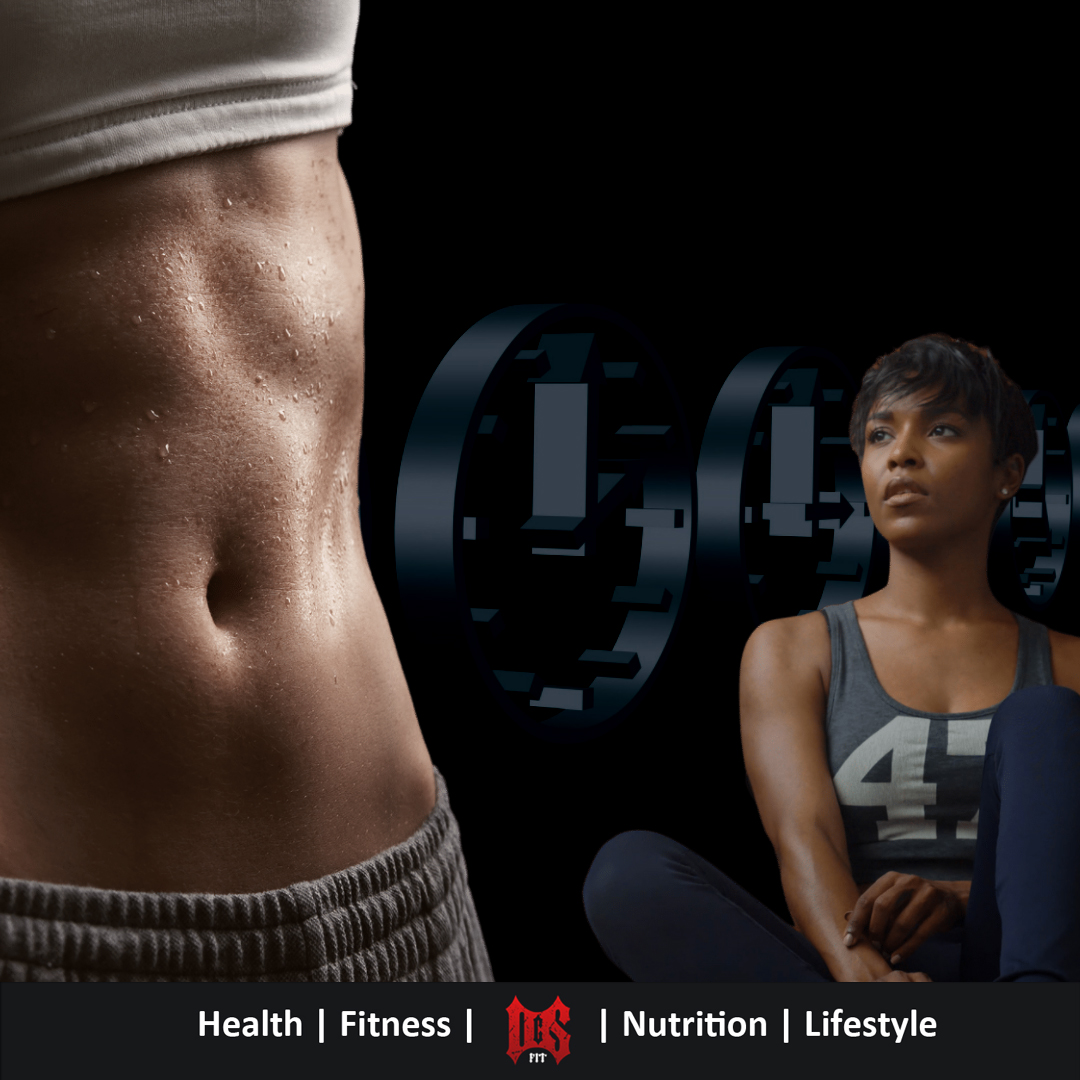DYNAMIC WARMUP
THE HOW AND WHY
Warm ups, the most ignored and the most over complicated part of most people’s workouts.
We have one guy who comes in walks straight to a squat rack and starts squatting versus another who spends an hour foam rolling every square inch of his body before daring to do a single bicep curl. There is however a happy medium between these extremes, the dynamic warm up.
Before we lay out what a warm up should consist of, why should we warm up anyway?
There are really two reasons why you should be warming up.
Firstly injury prevention. Since I can assume no one reading this wants to get hurt in the gym.
Secondly is to benefit performance. Put simply a proper warm up will increase your ability to perform whatever exercises you’re doing.
Now we know we don’t want to be the first guy mentioned above. But, similarly, do you want to be wasting precious time doing meaningless work that isn’t going to benefit you?
What do we want out of our warm up?
- Raise the body temperature
- Get blood flowing into the muscles
- Loosen up any areas of tightness and address any mobility issues
- Prepare the body to perform the specific movements of the day
So, what is the best way to go about warming up quickly and effectively?
I like to divide the dynamic warm up into 4 sections all of which can be gone through in around 9 minutes.
I have included some examples of a dynamic warm up at the end so you can see how this would look in practice.
Pre-warm up cardio (optional)
This an optional add on to the start of the dynamic warm up. But, for many people who are coming to the gym after a day of sitting in an office it can be a good idea to quickly get the blood pumping.
This can be any physical activity that gets you moving and your heart rate up. Pushing an empty prowler sled, stationary bike, skipping and brisk walking are all perfectly good. Don’t overdo it on this, it isn’t a cardio session 3-5 minutes is plenty to get you going.
Dynamic Stretching
We want to address any mobility issues that you have and to focus on the joints that you are going to be using in this particular session. To do this we will use dynamic stretches not static which have been shown to decrease strength and power output and actually increase injury rates when performed before exercise.
Dynamic stretching involves the oscillation back and forth to the end range of motion of the joint.
Now besides any specific problem areas that you want to focus on, the stretches should be specific to the movements you are going to perform that day. In other words, don’t spend time stretching your calves if you are going to be bench pressing that day.
Spinal activation
Now we have the joints and tissues warmed up and mobilized we now want to focus on the thing which ties them all together, the spine. Chances are if you sit at work or drive a lot your spine will need some mobilization. The focus on these exercises should be on quality of movement not number of reps or time. Focusing on this will help to integrate the spine into your movement and in time break bad posture positions. Freeing up the spine to move properly is crucial as no exercise can be performed optimally with poor spinal mobility.
Targeted muscle Preparation
Everything now should be moving freely and integrated together now we want to fire up the muscles that are going to be powering our workout. We want to focus on the intensity of the contraction of these muscles as the more we get commonly dull muscles firing the better we are going to move and function through the big movement of the workout itself.
Central Nervous System Potentiation
The last phase of the warm up consists of ramping up the central nervous system in preparation for the powerful movements necessary in lifting weights.
Training the CNS involves performing explosive dynamic movements such as jumping or throwing. These will train the CNS to increase the signals to the muscles allowing more muscles to be recruited and faster which will lead to greater strength and power through the workout. These exercises should be quick and performed as explosively as possible, focusing on the intensity behind each repetition.
Example Dynamic Warm up
(Upper Body Session)
Dynamic Stretching
- Standing Dynamic Single Arm Pec Stretch 2×20 seconds per side
- Overhead Band Pull Aparts 3×10 repetitions
- Standing Dynamic Lat Stretch 2×20 seconds per side
Spinal Activation
- Cat/ Cow 20 repetitions
- Quadruped Bird Dog 10 repetitions per side
Targeted Muscle Activation
- Standing Explosive Band Press 2×5 repetitions
- Explosive Banded Face Pulls 2×5 repetitions
CNS Potentiation
- Overhead Med Ball Slams 2×5 repetitions
(Lower Body Session)
Dynamic Stretching
- Couch Stretch 2×20 seconds per side
- Lateral Lunge Stretch 3×10 reps per side
- Sumo Squat to Toe Touch 2×10 reps
Spinal Activation
- Cat/ Cow 20 repetitions
- Banded Thoracic Spine Rotation 2×20 seconds per side
Targeted Muscle Activation
- Single Leg Glute Bridge 2×10 repetitions per side
- Forward Lunge with Overhead Reach 2×10 repetitions per side
CNS Potentiation
- Squat Jump 2×5 repetitions

Dynamic Warm Up
The How & The Why by Kieron Fisher
What about you?
Are you a, “don’t have time for warm ups” kind of person?
Or, do you labour the warm ups for longer than necessary?
If you have a different approach that you feel works well for you, share it below and perhaps help inspire others to follow your good practices.




Leave A Comment